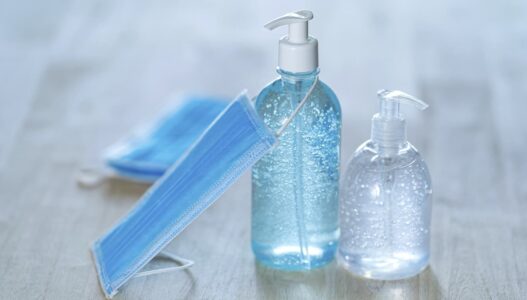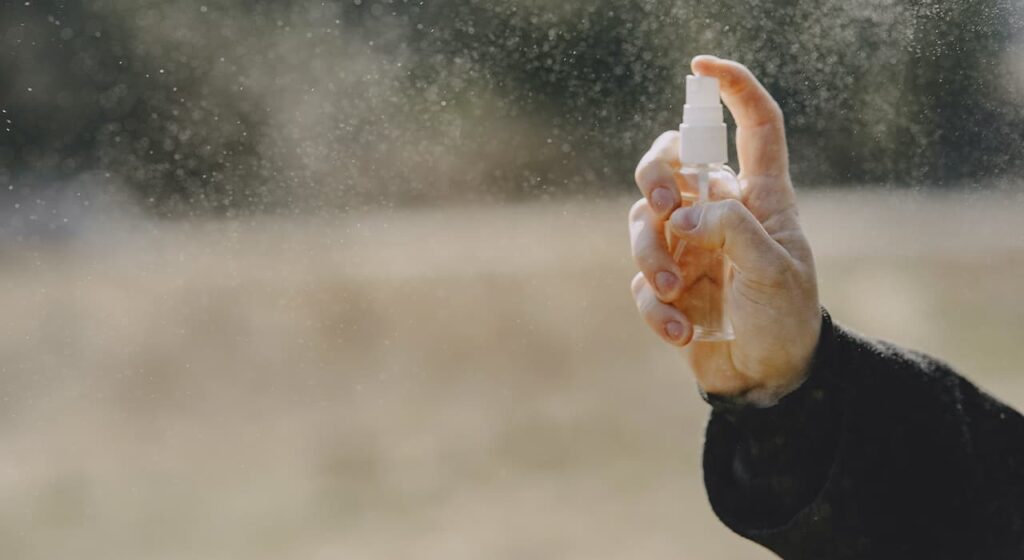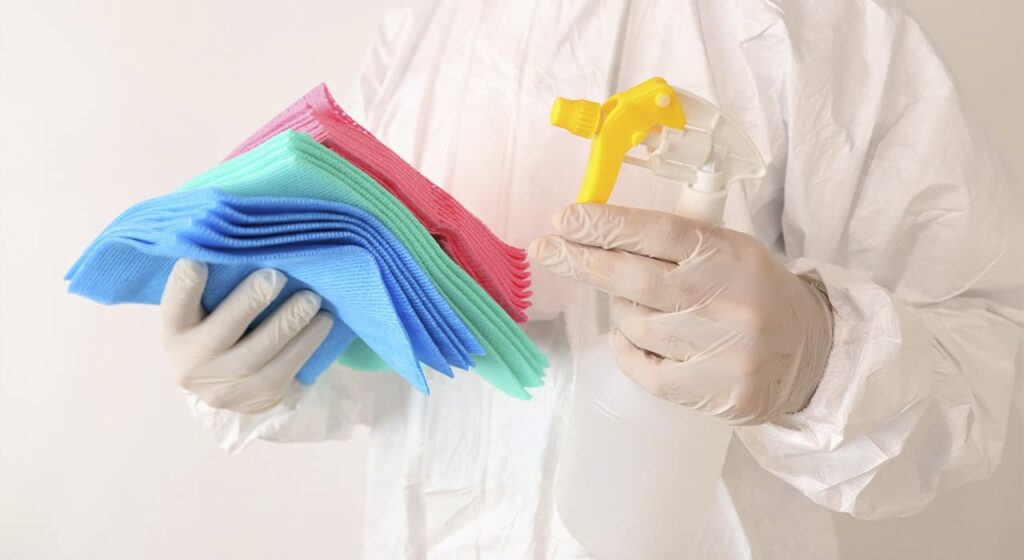One of the most important problems in hospitals is nosocomial infections. Infection can occur during treatment and diagnostic procedures, as well as naturally occurring contact or airborne infection. We do not undertake to estimate the frequency and volume of STI infections, but we can give details of those disinfectants that are used in modern medical practice.
In order to prevent the spread of nosocomial infections, modern chemical disinfectants based on chlorine, hydrogen peroxide, alcohols, aldehydes and other disinfectants are used in hospitals. Their active use for disinfecting rooms, medical instruments, and equipment reduces the risk of infection to virtually zero. However, the concept of “disinfection” itself is somewhat broader than the list of disinfectants and methods of their application. There are other methods of disinfection besides chemical disinfection.
Methods of disinfection.
Disinfection – a list of chemical, mechanical, physical manipulations specifically designed to destroy pathogenic agents that cause various diseases of people and animals.
Disinfection is performed by the following methods:
- boiling;
- ultraviolet irradiation;
- ozonization of air;
- steam, air sterilization;
- treatment with chemical disinfectants.
According to the time and place of disinfection is divided into:
Prophylactic disinfection – carried out if the exact source of infection cannot be identified or is not present, to protect against possible contamination.
Focal disinfection – carried out when the source of infection is identified.
Focal disinfection includes: current treatment, which is carried out in the presence of the patient, and final – carried out after the departure (discharge or death) of the patient to eliminate the foci of the pathogen.
All medical instruments, equipment, surfaces and objects with which the patient has come into contact are subjected to chemical disinfection or other methods of disinfection. Disinfection of surgical instruments, followed by sterilization, is obligatory.
Disinfectants
Disinfectants used in medicine are classified according to their composition, purpose. They have different degrees of antimicrobial activity, toxicity, and effect on the treated object. The following modern disinfectants are officially approved for use in hospitals:
Chlorine-based: Chlormisept economy. These agents are used to disinfect medical instruments made of plastic, rubber, glass. Chlorine-containing preparations are low-toxic, but cause corrosion of metals. Among the disadvantages is the presence of chlorine odor.
Hydrogen peroxide solutions: Alfadez oxy. They have low toxicity, are odorless, and are used for disinfecting instruments made of rubber, plastic, glass. They do not have fixative effect on organics.
Aldehydes: Alfadez forte, Alfadez ortho. Used for disinfection of endoscopes and related instruments, as well as for cleaning the room and washing equipment. They have high activity against many pathogenic microbes. Aldehyde agents are often used for TLD and chemical sterilization, but they have a locking effect, so they require careful pre-cleaning and disinfection.
Alcohol-containing agents – antiseptics: Myroseptic, Ecobreeze antiseptic, Estilodez antiseptic. They are used as an antiseptic for skin treatment before injection, for disinfection of the skin, surgical fields.
All items in contact with blood and in contact with the wound surface are subject to mandatory disinfection. Sterilization of medical instruments is carried out after their preliminary disinfection with the use of chemical solutions or steam sterilization.
Hand disinfection
According to WHO, about a significant proportion of infectious agents are transmitted through the hands. Washing and hygienic hand disinfection is mandatory before and after every medical procedure. This is also true for manipulations in the beauty industry (manicures, pedicures, podiatry services, dangerous shaving in barbershops and so on).
Skin antiseptics are used to kill pathogenic and opportunistic microflora:
bactericidal gel products;
liquid antiseptic soaps with antibacterial effect;
alcoholic antiseptics;
alcohol-free antiseptics.
Hand sanitizer is applied to dried skin and rubbed until it dries completely. Alcohol solutions are used for hand disinfection, mainly before surgical manipulations, treatment time is up to 5 minutes.
As an emergency hand disinfection when examining a patient, alcohol-based disinfectant wipes can be used.



